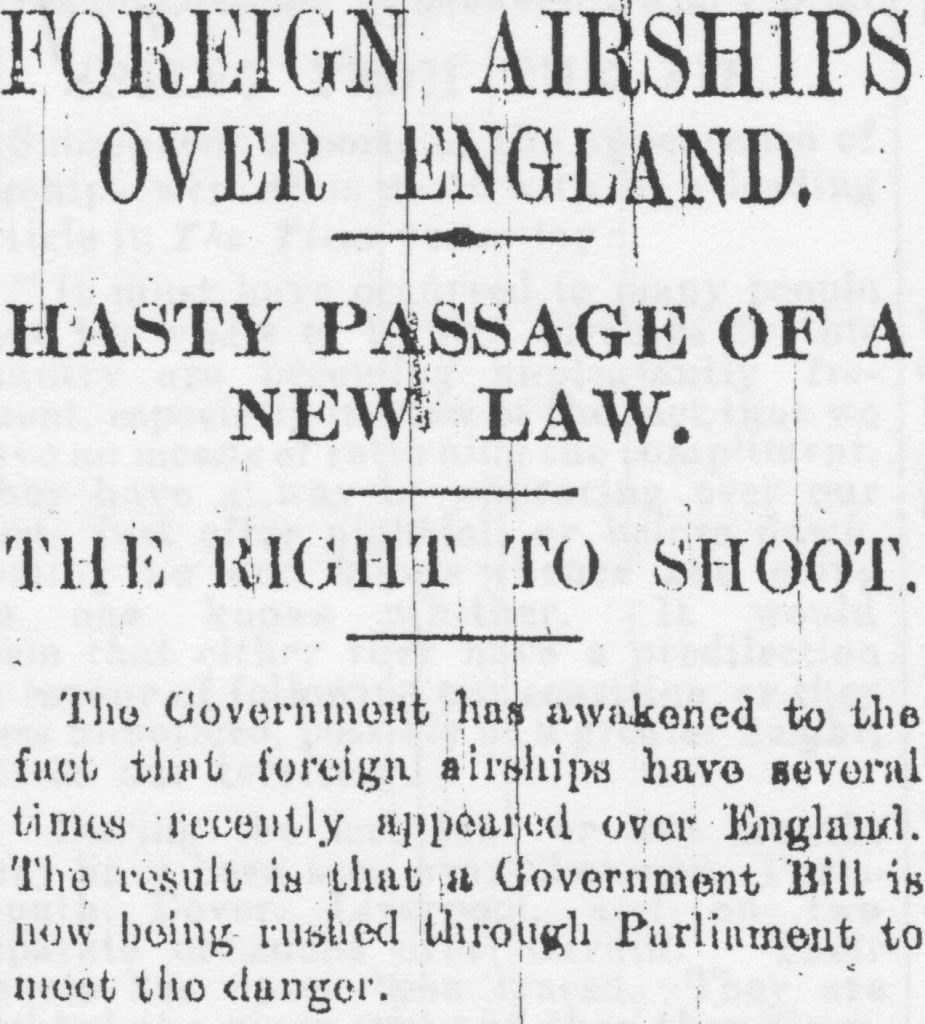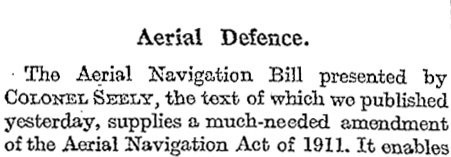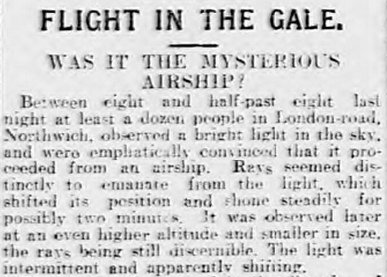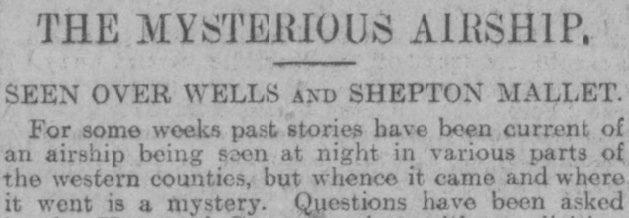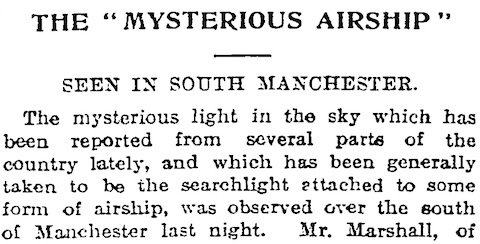Acquisitions
Giles MacDonogh. 1938: Hitler’s Gamble. London: Constable, 2010. 1938 was a big year for Germany, with the army purge, the Anschluss of Austria, the Sudeten crisis, and Kristallnacht. It seems that the fate of the Jews in Germany (including those parts absorbed in the course of 1938) is given a relatively large amount of attention […]



